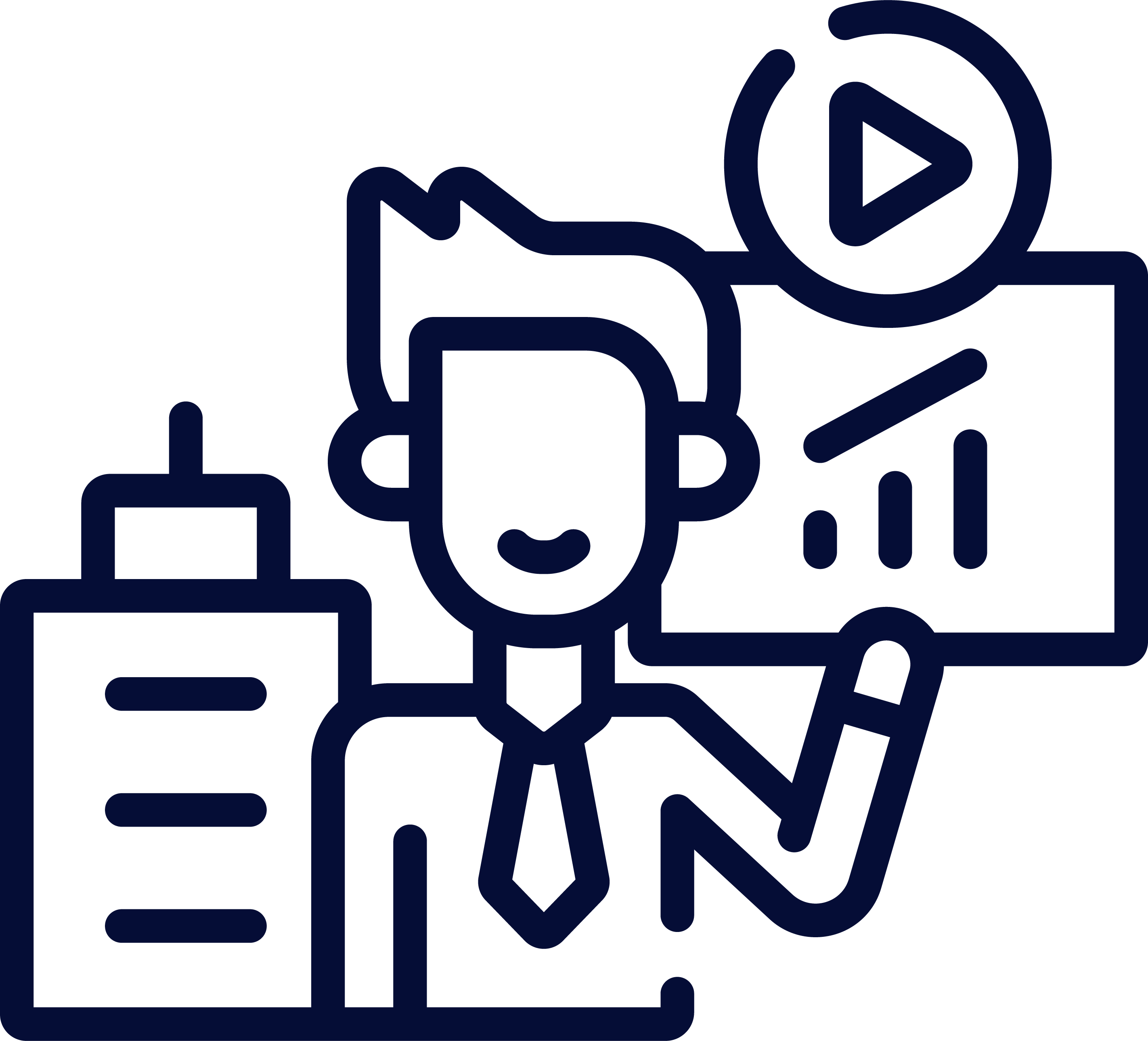Automation helps companies in eliminating defects and redundancies, allowing employees to focus on higher-value tasks.
IT service management (ITSM) is emerging as a critical enabler of modernization and transformation initiatives, with businesses aiming to automate user-centric operations to improve consumer, client, as well as employee satisfaction while saving financial resources and increasing productivity.
IT service management automation is one-way companies can streamline business processes to reduce “the cost of technical as well as business service” while enhancing work overall organizational productivity by removing redundancy and monotonous tasks. Organizations can improve their quality of service along with customer experience by setting proper priorities and governance by automating ITSM activities.
10 ways organizations can embrace automation with ITIL 4 to improve IT service management.
-
Focus on Value
Understand what is important and what is disposal.
It may seem counterintuitive to say that service management should not be focused on services, but focusing on value means seeing services for what they are: a machine for value. The result of the service, not the service itself, is valuable to the customer. Technology, resources, persons, and other aspects are merely components of that. When people are overly focused on the components of a service, it’s easy to lose sight of the bigger picture of value, and inefficient elements can creep in.
People in the service supply chain should always ask, “Who is the consumer?”, “Why do they require this service?”, and “Does the service help them create value?” To concentrate on value, you must first understand what value means in each situation. This requires empathy for the consumer (a Design Thinking concept). Companies must make efforts to determine customers’ true needs to refrain from designing services based on preconceived notions.
-
Build on what works
You will already possess some of the people, expertise, understanding, mechanisms, and resources that you require, so consider how you can proceed with what you have. To accomplish this, you must first evaluate where you are now – utilizing a combo of metrics and direct analysis to triangulate the true situation about the company’s current abilities & performance, allowing you to objectively define what you can adapt and reprocess to get you closer to where you require to be, faster.
It is common to believe that every component of a sub-optimal capacity is also sub-optimal, but this is not always the case. Many of the old “modules” may still be useful in the new context.
-
Iteratively progress with feedback
The iterative progress with feedback principle incorporates agile principles into ITIL 4. The agile development philosophy encourages taking small steps & validating each one with the customer. Whereas the waterfall process model employs a single monolithic cycle, an agile method adopts short, time-boxed iterations constituted by customer engagement to affirm the value created.
Customers’ perceptions of value can shift quickly in this age of rapid innovation. “Responding to change rather than following a plan,” according to the Agile Manifesto. An iterative model allows you to react to changes in the perceived value, whereas a rigid waterfall method “locks in” the definition of value from the beginning—and any transitions are usually found when it is too late.
-
Collaborate and encourage visibility
The principle of collaboration & encouraging visibility is closely related to the principle of the think & work holistically. Everyone must understand the holistic perspective—they must look at the bigger picture—to collaborate effectively on projects that span multiple teams.
DevOps is a prime example of a situation in which it is necessary to think & work holistically, as well as collaborate and enhance visibility. Dev & Ops are components of a greater service value chain. Developers must consider the consequences of new and altered code. Adjustments to the production environment must be considered in terms of their downstream impact by operations personnel. Both should therefore consider the impact of their actions on the environment or the consumer.
-
Think & work holistically
The holistic perspective is especially important when implementing change: a change to one phase in the value stream can impact both upstream and downstream stages, so modifications must be evaluated holistically. A well-intended change made by one team can frequently break a service value chain.
Working in silos causes people to miss out on opportunities and risks. To deliver optimized services (as well as minimize the risks), it is critical to collaborate with all stakeholders to make sure that everyone is on the same page. The ITIL 4 Dimensions are a useful tool for ensuring that all necessary angles are considered.
 Read a Blog post: How Is AI Changing The Way IT Service Desks Function?
Read a Blog post: How Is AI Changing The Way IT Service Desks Function? -
Maintain a simple and practical design
Use the Pareto Principle (the 80:20 rule) to meet modern demand without attempting to account for every possible exception. A simple process can handle 80% of the variation. Adding actions and decisions to support non-mainstream demands (the outliers) will just complicate & slow down the process for the remaining 80%. It is preferable to use general exception handling, for example, mainstream demand is handled by a simple, systematic approach (possibly automated), and less frequent deviations are handled on a particular circumstance basis.
-
Optimize and automate
When an individual is performing a task that should be automated, they are not working on a task that cannot (yet) be automated, resulting in waste. Automate the automatable to make better use of the teams. This entails automating standard procedures and decision-making that can be algorithmically modeled.
However, you ought to be cautious about what you automate and when you automate it. It might be more precise to refer to this principle as “optimize then automate,” because automating a flawed process simply accelerates the wrong outcome.
The optimization principle is linked to the iterative progress with the feedback principle. Iterative advancements can be applied as well as validated through holistic metrics including customer satisfaction using specific optimization methodologies documented in ITIL or borrowed from DevOps, Lean, as well as other areas. When working to enhance and automate, the principles of think and working holistically, collaborating, and encouraging visibility comes into play, ensuring that optimization is done from a value chain perspective and that every essential stakeholder is involved.
-
Automating ITSM workflows
Automation of “incoming things” involves ticketing & incident reporting to identify minor problems, such as low disc space. Automation “within the tool itself” contains automatically assigned SLAs to the appropriate categories or technicians, and even assigning specific workflow tasks to the appropriate group or person.
Outbound action automation involves techniques that “push the most relevant expertise to the person who logs in, taking context into consideration that extends beyond search keywords.” It also includes all instructions that occur when an ITSM tool initiates “a workflow in some other system to rectify disc space, install specific software, or generate or archive an AD account.
-
Automating cloud processes
While you’re executing automation, you are also checking all of the boxes for conventional ITSM procedures: requests, change management, as well as all the activities that go with it. You should ensure that you are deploying this in such a way that when and if audits occur, the organization can say that the company followed all of the governance steps. You can aggregate all of those performance measures from a success standpoint and demonstrate accuracy to mitigate the risks for the customer.
-
Beyond the standard principles
The new seventh principle is a good first step toward acknowledging the requirement for more automation and artificial intelligence in ITSM. This will allow technically talented ITSM professionals to pursue more valuable and fulfilling work.
Get ITIL 4 Certification for Innovative Problem Management
If you want to improve your skills and future career prospects with ITIL 4 certification, Cognixia is here to help!
Cognixia is the world’s leading digital talent transformation company, committed to helping you shape your future & career by providing insightful digital technology training and certifications. We are here to give you the best online learning experience possible by expanding your knowledge through immersive training sessions and increasing your skill set. Individuals and organizations can both benefit from Cognixia’s highly engaging instructor-led courses.
We are an AXELOS Authorized Training Organization (ATO) that offers the learner a complete portfolio of ITIL online training & certification programs. Our ITIL 4 Foundation certification course is considered one of our portfolio’s most sought-after online training programs.
The ITIL training via Cognixia is provided by the industry’s most experienced, expert ITIL trainers and is delivered in line with the official AXELOS guidelines & curriculum.
With Cognixia’s ITIL 4 Foundation certification program, you get the hands-on practice that helps you clear the main ITIL certification exam effortlessly. Not just that, with our ITIL training course, you get to have the perk of lifetime access to the training’s learning material & video lessons via our LMS.
Learn and improve from the comfort of your home with our intuitive & comprehensive ITIL 4 Online Training.
This ITIL training course will cover the following concepts:
- The concept of a service
- Services, costs, risks. and service management
- Service relationship management
- The 4 dimensions of service management
- Guiding principles of service management
- Service value system
- Service value chain
- General management practices
- Service management practices
- Technical management practices




